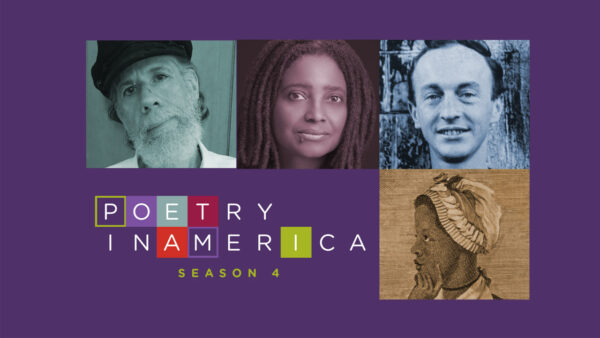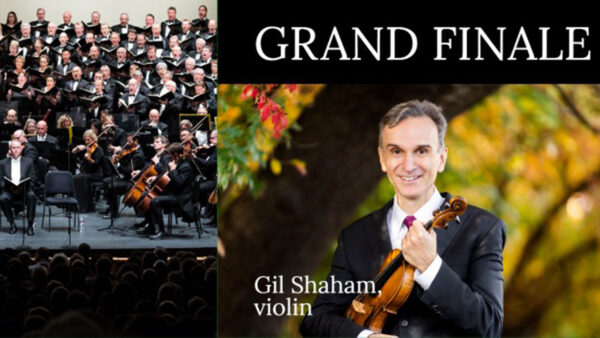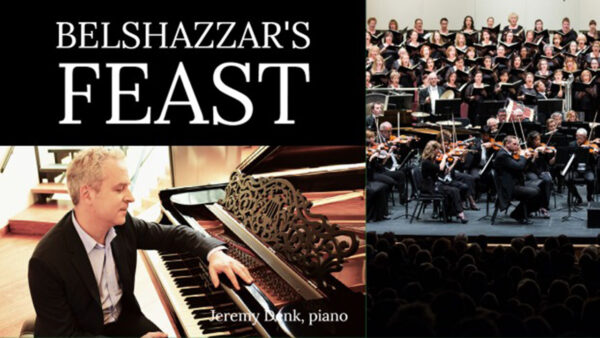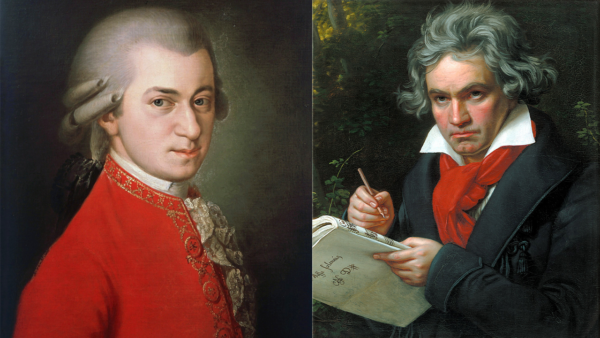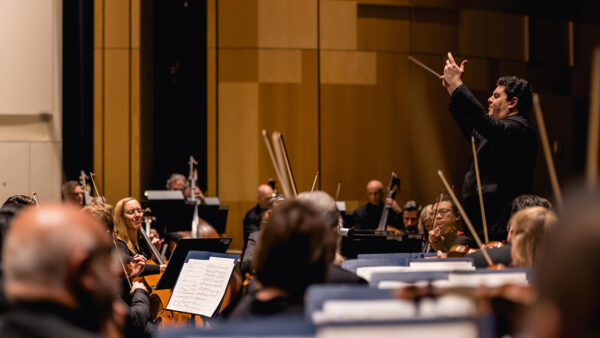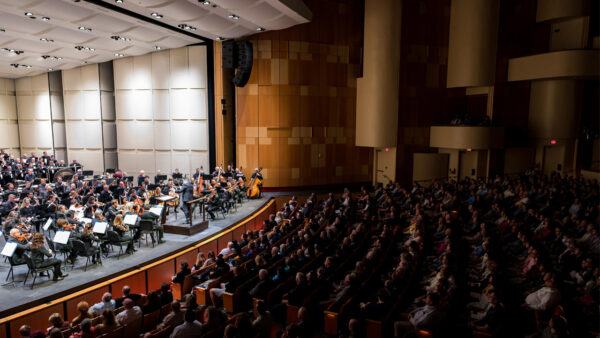Music of the Americas!
Oct. 2, 2023
On the next broadcast of The Phoenix Symphony Monday evening at 7:00 p.m., explore Music of the Americas, a celebration of music from North and South America with works by American composers Samuel Barber and Aaron Copland, Argentinian composer Alberto Ginastera, Juan Pablo Contreras from Mexico and more. The Phoenix Symphony, under beloved music director Tito Muñoz, will be joined in the first half of the program by the exciting violinist Augustin Hadelich for this performance recorded live in Phoenix Symphony Hall on November 6, 2022.
On the program…
The musical travelogue starts with Mariachitlán by 36-year-old Juan Pablo Contreras, a Latin GRAMMY-nominated composer from Mexico. He calls the work an orchestral homage to his birthplace, the Mexican state of Jalisco where mariachi originated. “The work recounts my experience visiting the Plaza de los Mariachis in Guadalajara… where mariachis play their songs in every corner and interrupt each other to win over the crowd. Near the end of the piece, a policeman blows his whistle in an attempt to stop the party…” but the crowd has other ideas.
Solo work
Samuel Barber’s Violin Concerto follows, performed by the Italian-German-American violinist Augustin Hadelich. The work had a bit of a troubled gestation. Composed for the violinist Iso Briselli, one of Barber’s classmates from the Curtis Institute of Music. It would be premiered by the Philadelphia Orchestra; Briselli would be making his debut with the Orchestra with this world premiere. While Briselli was pleased with the first two movements, he showed his teacher who felt that the violin concerto needed to undergo a “surgical operation” and that it was “unsuitable in its present state.” The teacher rewrote the violin part to make it more acceptable and asked for a meeting with Barber to discuss the changes, but it’s unclear if such a meeting ever took place.
After Barber completed the third movement, composed as a four-minute perpetual motion piece, Briselli was disappointed and felt it did not connect to the first two movements and was not substantial enough for major concerto. He suggested alterations, expansions, and changes in form. Barber would ultimately reject Briselli’s edits. Both Barber and Briselli held their ground and ultimately, Briselli would step away from the project.
In early 1940, the violin concerto was performed privately at the Curtis Institute with faculty member Fritz Reiner conducting. The response was positive and Eugene Ormandy arranged for the official premiere with the Philadelphia Orchestra the following year in 1941 with violinist Albert Spalding. The work quickly became a staple of the violin and orchestral repertoire, performed regularly in the United States.
Next on the program
Anchoring the second half of the concert is Alberto Ginastera’s Four Dances from Estancia, the second of two ballets he wrote. Composed in 1952, Estancia is a ranch in the Argentine Pampas. When originally commissioned as part of a larger evening of dance by several composers, the four sections that makeup Ginastera’s work were such a huge hit at its premiere in 1952 that Ginastera worked it into a one-act ballet.
The final work on the Music of the America program is a famous musical realization of western Pennsylvania in Aaron Copland’s Appalachian Spring. The spring of the title does not refer to the season of flowers, but to flowing water. The full ballet collaborated with Martha Graham and originally scored for 13 instruments. After the tremendous success of the work, Aaron Copland created a suite for a full orchestra of eight sections from the full ballet, which has frequently been performed on the concert stage.
Stay tuned for more music after the official Music of the America concert for more works connected to the theme.
The Phoenix Symphony can be heard on KNAU Arizona Public Radio, 89.5 Classical KBACH and DTV 8.5 Classical Arizona PBS on Monday evenings at 7:00 p.m. and streaming on azpbs.org. These broadcasts are hosted by Mike Bolton.
Featured in this episode:
Allegro
Andante
Presto in moto perpetuo
I. Los trabajadores agricolas
II. Danza del trigo
III. Los peones de hacienda
IV. Danza final


